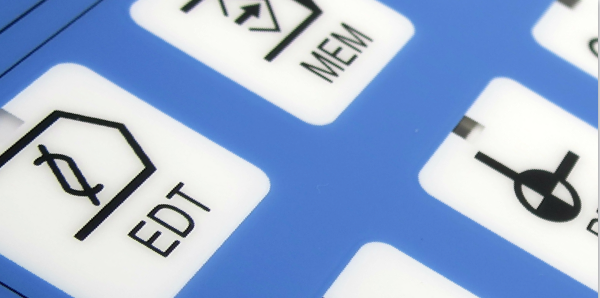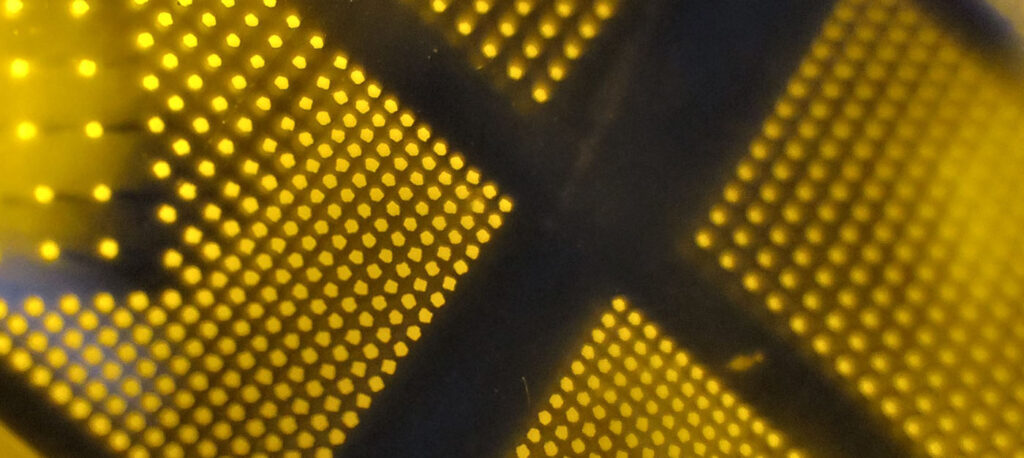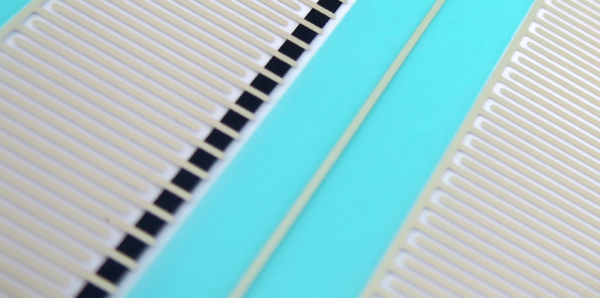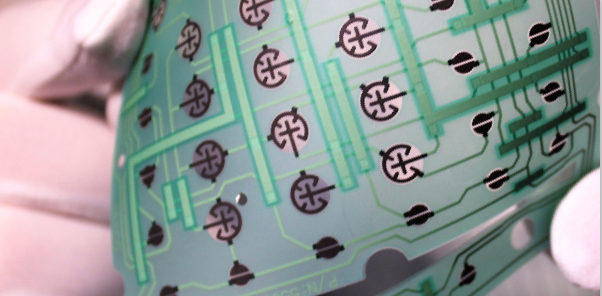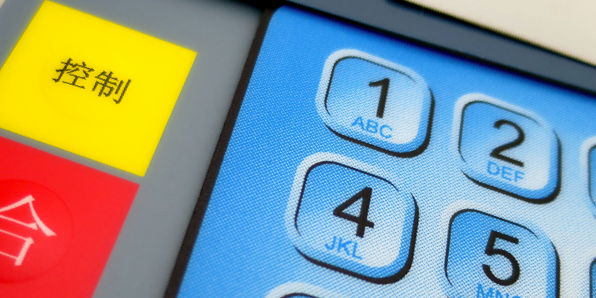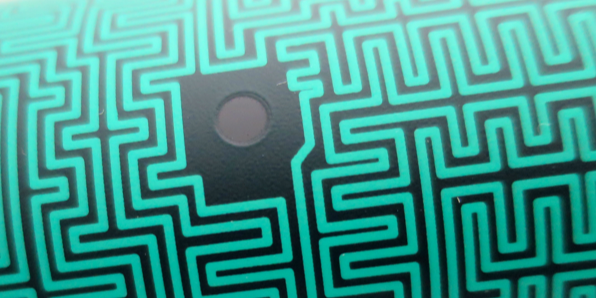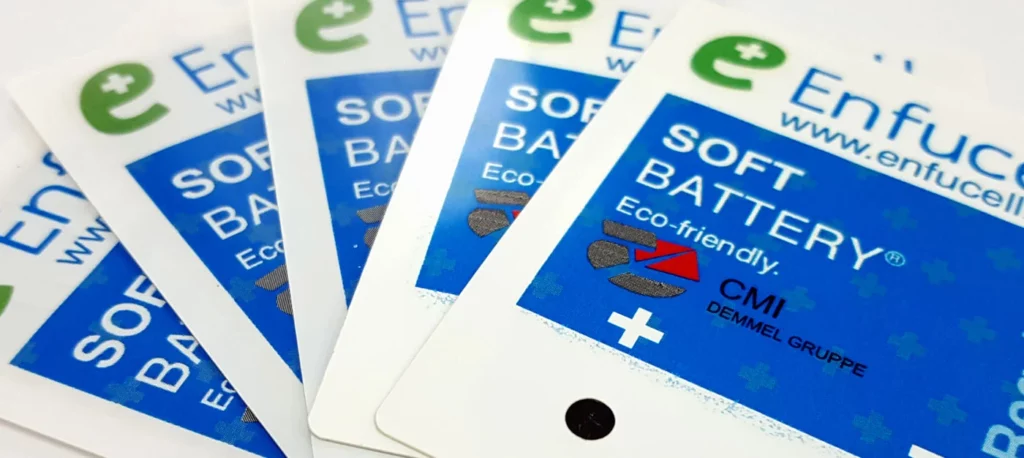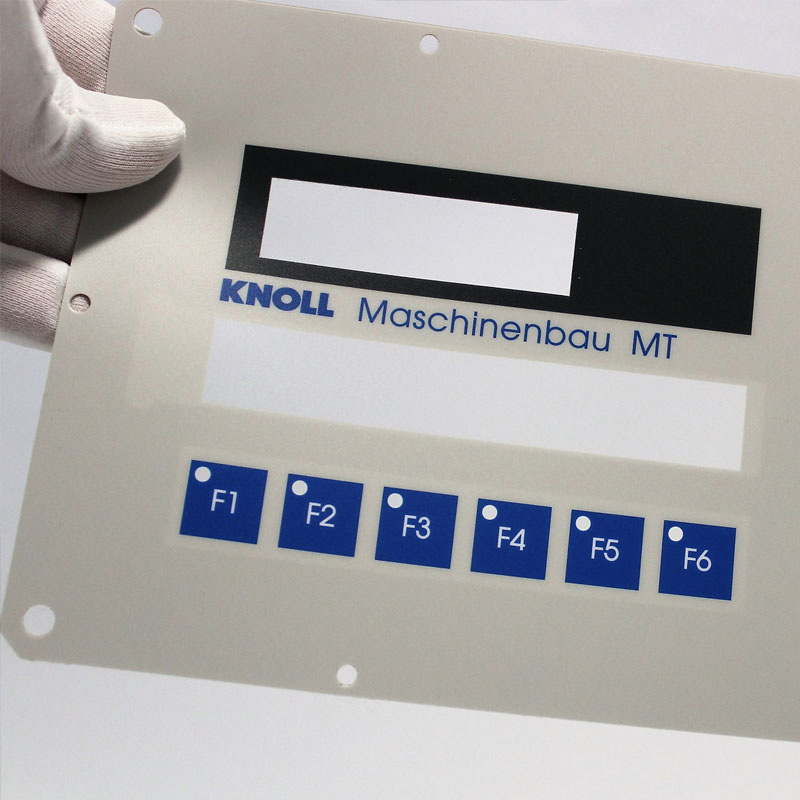
Human Machine Interface
Expert in design, engineering and manufacturing of custom membrane switches.

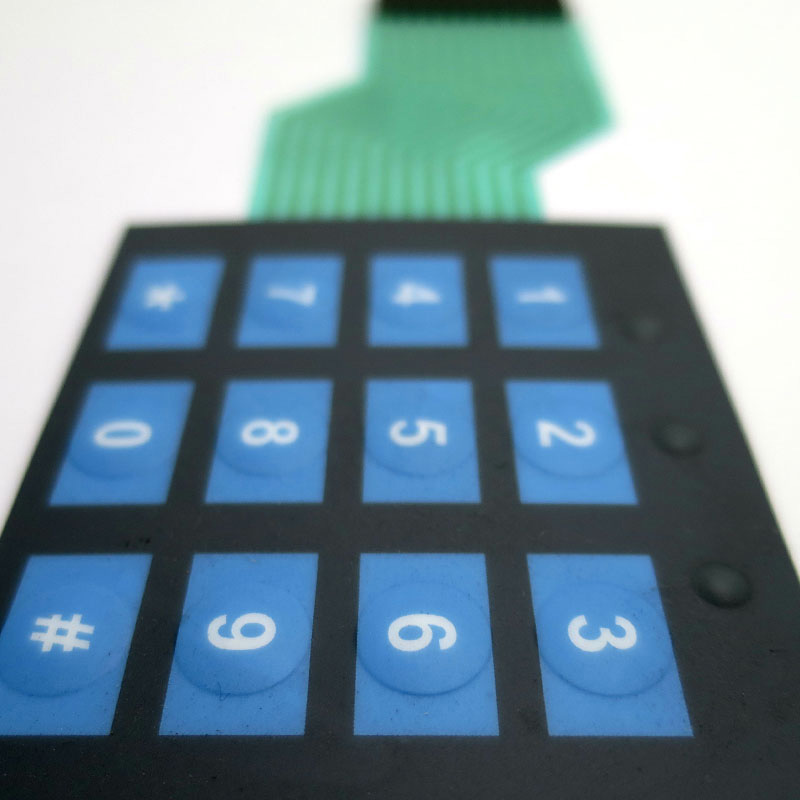

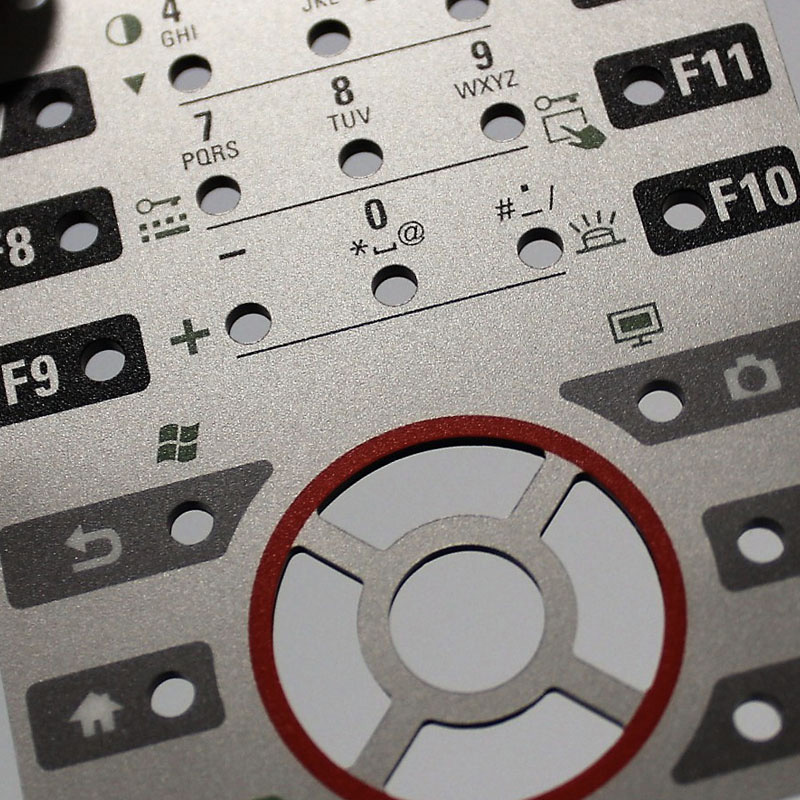
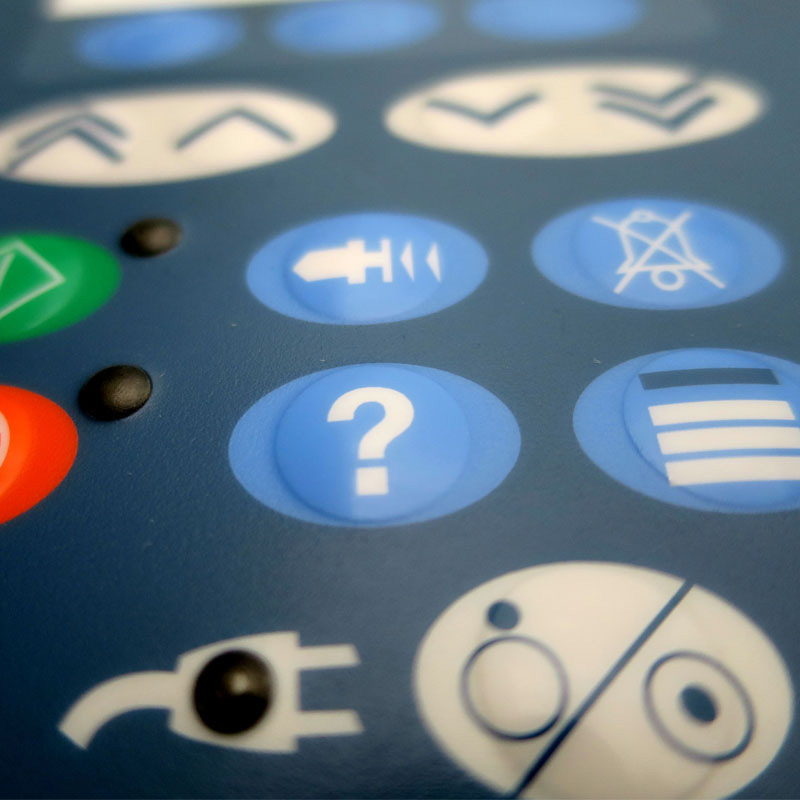
Membrane Switch
With over 25 years of experience, Central Midori is recognized in Asia as an expert in design, engineering and manufacturing of custom membrane switches. They are screen-printed on polyester and polycarbonate film using conductive ink and UV curable dielectric.
Many of our customers come to us with a vague description of the application. The role of our engineers is to work closely with the customers to review the requirements, design the most cost effective solution and manufacture a few proof-of-concept prototypes.
When the customer is satisfied and the design is frozen, we move to a full scale qualification using production equipment and a complete report is submitted to the customer. Upon final approval, the project transitions to production. Central Midori offers non-tactile constructions (without direct sensitive feedback) or tactile solutions with metal domes and polydomes, which provide immediate tactile response. A polydome can be designed (i.e. diameter and height) to meet the actuation force and the switch travel distance required by the application. Metal domes come in different shapes and sizes with actuation forces from 170 to 420 grams and travel distances typically from 0.178 to 0.89mm.
Shielding is available for EMI/RFI protection and ESD discharge.
Single point LEDs and passive components are assembled using low temperature conductive adhesive.
Membrane switches can be customized with embossing. We offer Pillow and Rim embossing but also tiny dimple for visually impaired people.
Our circuits can be terminated with ZIF connectors or Insulation Displacement Contacts (crimped) and plastic housing. Through-hole printing is also available for double-sided construction.
Coated window lens are incorporated for LCD. It can be clear or color tinted with anti-glare, gloss or matt finish.
Recent developments in light guide material are providing innovative solutions for a uniform backlighting using a limited count of side-firing LEDs and guide foils that are designed to evenly distribute light.
Upon request, our membrane switches can be designed for IP67 environment protection certification.
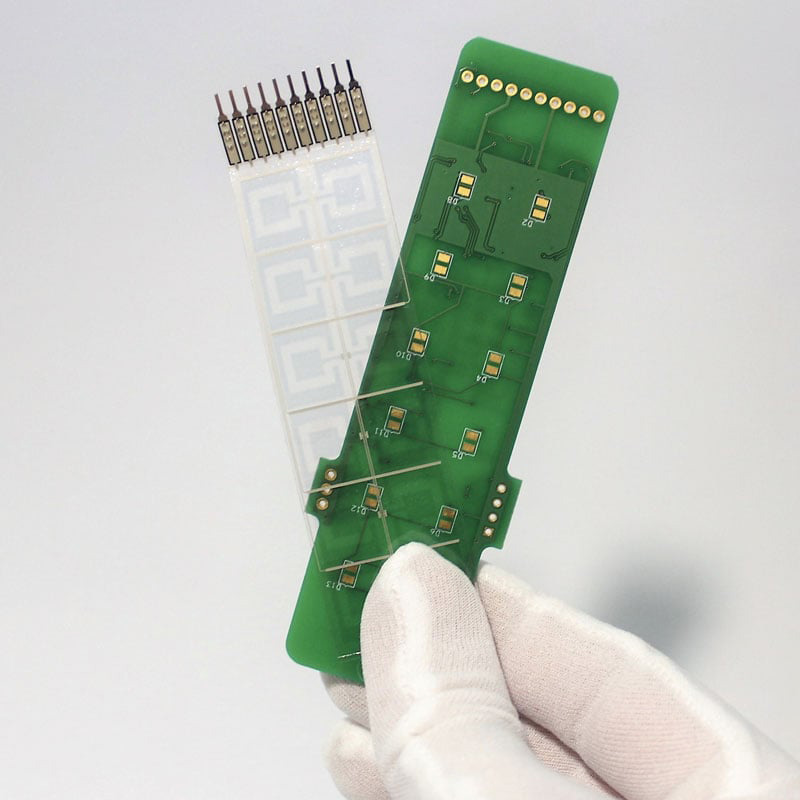
Touch Sensor
While some applications continue to require traditional tactile switches, the last 10 years have seen an explosion in touch technology. Capacitive touch market is still dominated by ITO substrate (Indium Tin Oxide) but several factors including cost, lack of flexibility and low adhesion on plastic film are limiting the possibilities of 3D design.
Recent developments of clear conductive inks printed on flexible substrate offer technically attractive and cost effective solutions. CMI has been testing various inks from the top 3 suppliers on the market by printing on substrates such as PET, PC and PMMA. Flexibility and adhesion are significantly better than ITO. Total cost of material and processing is reasonably lower.
Specifications
- Thickness tolerance: +/- 10%
- Dimensional tolerance: +/- 0.1mm (hard tool)
- Operating temperature range: -20°C to +50°C
- Storage temperature range:
-20°C to +80°C (no embossing)
-20°C to +50°C (Edge ad Rim soft tool embossing)
-20°C to +70°C (Hard tool embossing) - Maximum operating and storage humidity: 93%RH
- Life cycle: 1 million actuation
- Max voltage: 30V dc
- Max current: 20mA (between contacts)
- Contact resistance: <100ohms typical
- Dielectric resistance:
10Mohms (with crossover)
100Mohms (Thru hole)
Construction Stackup
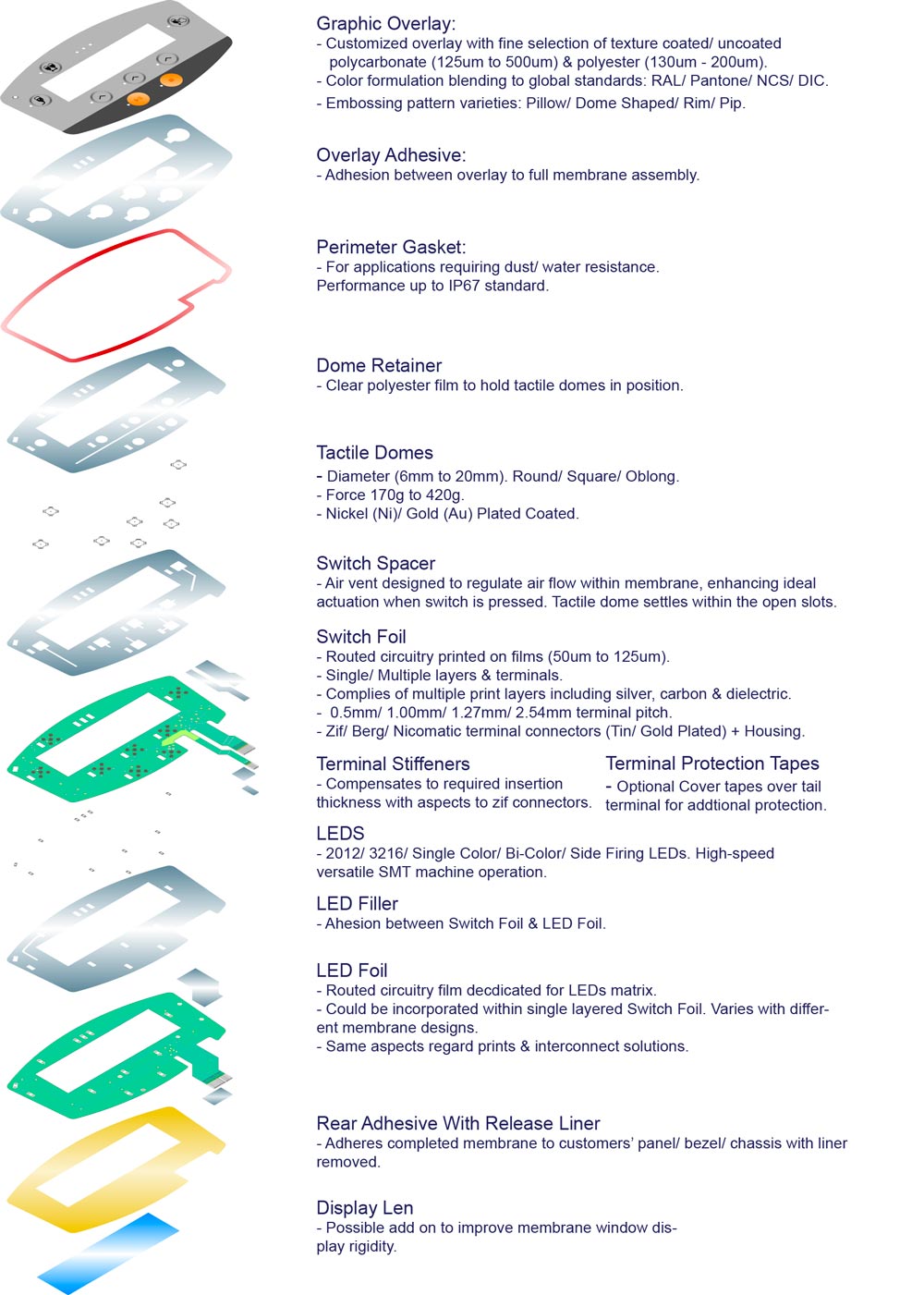
— SEE OTHER —
Solutions
Human Machine Interface
Expert in design, engineering and manufacturing of custom membrane switches.
Light Guides
Design to provide a uniform illumination with a minimum number of LEDs.
Force Sensor
Pressure sensitive ink formulation is customized to meet application requirements
Flexible Circuit
A technology with the potential to revolutionize electronics as we know it.
Graphic Overlay
Color matching guarantee your brand recognition
Security Foil
3D multi-directional protection against physical intrusion
Printed Battery
Enfucell SoftBattery(R) is a disposable, thin and flexible printed power source for devices in healthcare, sports and logistics

